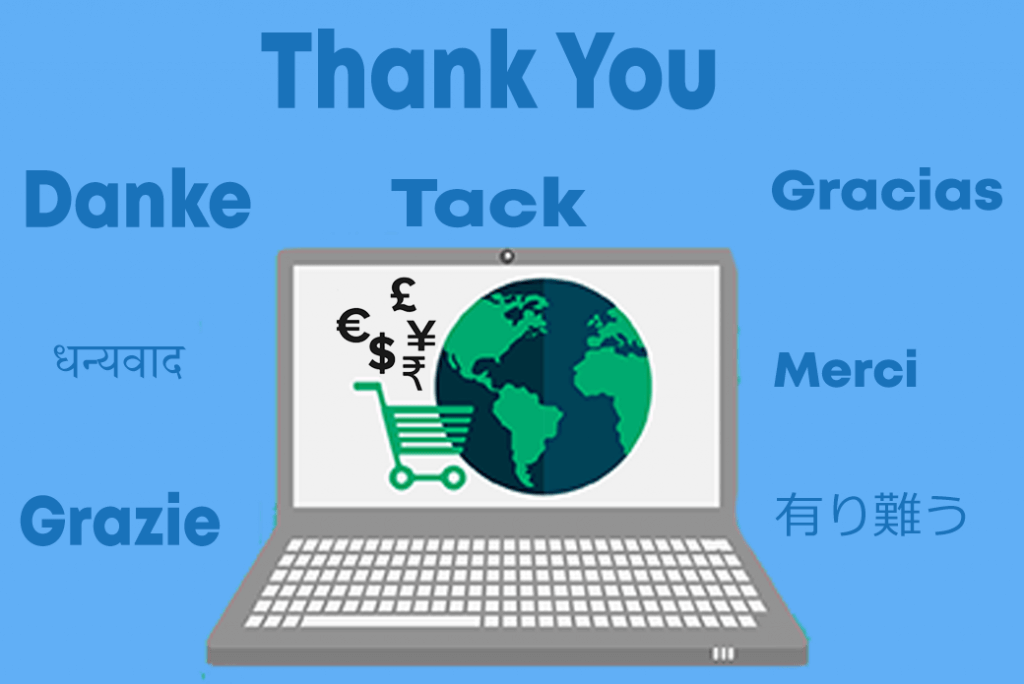Ecommerce and Translation: How are they related?
According to the Internet World Stats , only 25.2% of people use English while browsing the internet. This is, of course, lower than what many people expect.
You see, we don’t really have to repeat that eCommerce is huge; online retailing is one of the biggest markets in the world right now. But, have you ever wondered which region boasts the biggest eCommerce market? Well, in Asia, the market is worth $831.7 billion- more than anywhere else. https://mgrconsultinggroup.com/global-ecommerce-statistics-for-2019-and-beyond/
Hence, the largest eCommerce market in the world is one that doesn’t have English as the first language.
So, here is the catch. Companies have been globalizing more than ever before. This goes the same for online retailers; they have been opening sites in different countries from where they start. Thus, they need translation to make their website content understandable.

Ecommerce and Translation: Translation Needed to Realize the True Potential of Online Retailing
According to Statista, the Global Digital population is 4.48 billion. This means 58% of the world’s population uses the internet, one way or another.
Moreover, people speak roughly 6,500 languages. This means many in the world don’t prefer English in their web browser. Also, even if some people may use the language, they would be able to interpret more information if the content was available in their mother tongue.
The thing with eCommerce is that the content needs to be very much understandable by the buyer for maximum results — for example, a sales copy, a blog generating leads, product description, etc. Additionally, with people being more careful about what they are buying than ever before, they will try to ensure in every means possible that the product is what they need.
Even if you told about your offering in the best words and tuned and laid it out carefully on your website, people might not be able to grasp everything you say. This is if you use a language that they can somehow comprehend, but can’t understand completely.
Ecommerce and Translation: Both of them are Growing Together
Just like eCommerce, translation is also one of the largest growing markets in the world. It is worth USD 46.9 billion in 2019, and the growth rate is so tremendous that the market will be worth at least 56.18 billion dollars in 2021 (https://www.statista.com/statistics/257656/size-of-the-global-language-services-market/).
Remember, this also means you need translation to remain in the competition. The translation market is growing because more and more eCommerce sites are understanding the value of localization.
Thus, they hire a firm to translate all their content when opening in newer geography. Even translation companies provide special translation services in style meant for eCommerce.
This is true everywhere, for example, even in a secluded market like Nepal. We offer English to Nepali and Nepali to English translations, and these days, we have been getting orders from eCommerce sites more than ever before.
In conclusion, we can say translation is necessary because people value their information when buying a new thing. As a seller, you need to use the language your customer speaks to become more transparent about your product.
Comments